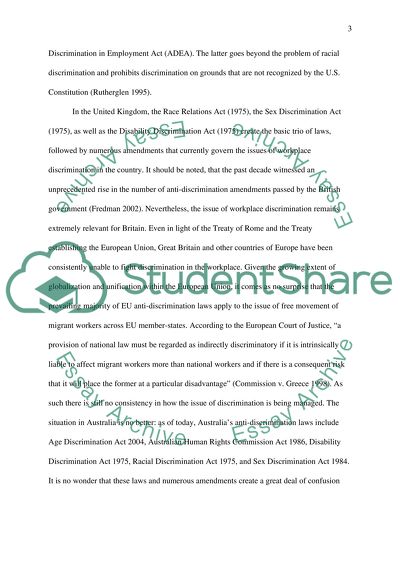Cite this document
(“The Law on Race Discrimination Has Undergone Transformation over the Essay”, n.d.)
Retrieved from https://studentshare.org/law/1447079-the-law-on-race-discrimination-has-undergone
Retrieved from https://studentshare.org/law/1447079-the-law-on-race-discrimination-has-undergone
(The Law on Race Discrimination Has Undergone Transformation over the Essay)
https://studentshare.org/law/1447079-the-law-on-race-discrimination-has-undergone.
https://studentshare.org/law/1447079-the-law-on-race-discrimination-has-undergone.
“The Law on Race Discrimination Has Undergone Transformation over the Essay”, n.d. https://studentshare.org/law/1447079-the-law-on-race-discrimination-has-undergone.


